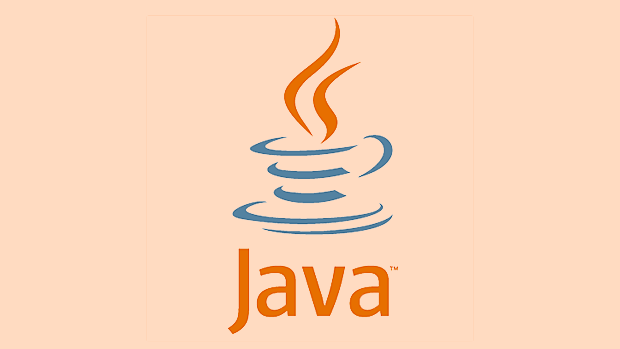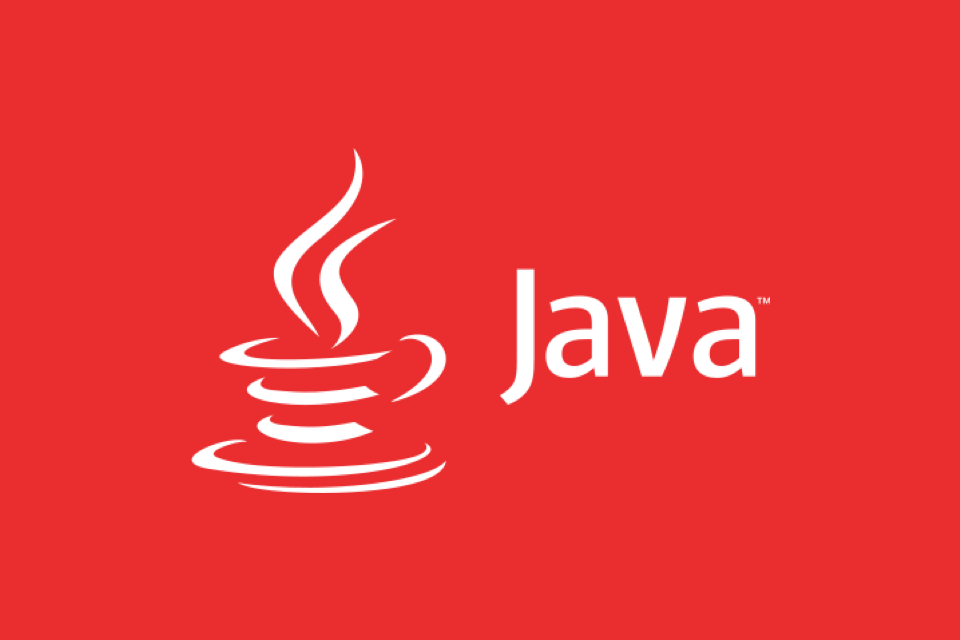What are JVM arguments for performance tuning (e.g., -Xms, -Xmx, -XX:)?
Jul 09, 2025 am 01:51 AMTo improve Java application performance, adjust JVM arguments starting with heap size using -Xms and -Xmx to avoid memory issues and resizing overhead, then choose the right garbage collector like G1GC for low latency or Parallel GC for throughput, next tune GC settings such as -XX:MaxGCPauseMillis and monitor GC behavior, optionally use advanced flags like -XX: UseStringDeduplication, and always rely on monitoring tools to guide adjustments.

When you're trying to get better performance out of a Java application, one of the most direct ways is adjusting the JVM arguments. These settings control how the Java Virtual Machine manages memory, garbage collection, and other runtime behaviors that directly affect your app's speed and stability.

Set Initial and Maximum Heap Size (-Xms, -Xmx)
The two most common options you’ll use are -Xms and -Xmx.
-
-Xmssets the initial heap size when the JVM starts. -
-Xmxdefines the maximum heap size the JVM can use.
If these values are too low, your application may run into OutOfMemoryError. If they’re too high, you might be reserving more memory than needed, which could impact other applications or services running on the same machine.

A good starting point:
- Set both
-Xmsand-Xmxto the same value to avoid resizing the heap at runtime, which can cause performance hiccups. - For example:
-Xms2g -Xmx2ggives your app 2 GB of heap from start to finish.
Don’t guess — monitor actual usage using tools like VisualVM, JConsole, or GC logs to fine-tune these values based on real behavior.

Choose the Right Garbage Collector
Java has several garbage collectors (GC), each with different performance characteristics. Choosing the right one depends on your application’s needs:
-
Throughput-focused apps (like batch jobs) often benefit from the Parallel GC (
-XX: UseParallelGC). -
Low-latency apps (like web services) might prefer G1GC (
-XX: UseG1GC) or even ZGC/Shenandoah if you're using newer JDKs. - Avoid Serial GC unless you're on a very old system or have minimal resources.
Garbage collection pauses can seriously hurt performance, especially under load. Monitoring GC pause times and frequency helps determine whether switching collectors would help.
Some tips:
- G1GC works well for heaps larger than 4GB and aims to balance throughput and latency.
- If you see long GC pauses, it might not be the heap size alone — the collector choice matters too.
Tune Garbage Collection Settings
Once you've picked a garbage collector, you can further tune its behavior.
For example, with G1GC, you can set:
-
-XX:MaxGCPauseMillis=200— tells the JVM to try to keep GC pauses under 200 milliseconds. -
-XX:G1HeapRegionSize=4M— controls the internal region size (not always necessary to change).
Other general GC-related flags:
-
-XX: DisableExplicitGCdisables calls toSystem.gc()— useful if some libraries trigger full GCs unnecessarily. -
-XX: PrintGCDetails -XX: PrintGCDateStampslogs GC activity so you can analyze what’s happening in production.
Also, don’t ignore the Metaspace, which replaced PermGen in Java 8 . You can limit it with -XX:MaxMetaspaceSize to prevent memory leaks from consuming all available memory.
Optional but Useful Flags
Here are a few more flags that aren’t strictly performance-related but can help indirectly:
-
-server— enables server-specific optimizations (on by default in most 64-bit JVMs). -
-XX: AggressiveOpts— turns on advanced performance optimizations where supported. -
-XX: UseLargePages— allows using large memory pages, which can improve performance on systems that support them. -
-XX: UseStringDeduplication(with G1GC) — reduces memory usage by deduplicating duplicate strings.
You won’t need all of these in every case, but knowing they exist lets you explore deeper tuning when basic settings aren't enough.
That's basically how you approach JVM performance tuning through command-line arguments — start with heap size, choose the right GC, tweak its settings, and optionally apply advanced flags where appropriate. It’s not overly complex, but it’s easy to overlook key details without monitoring and testing.
The above is the detailed content of What are JVM arguments for performance tuning (e.g., -Xms, -Xmx, -XX:)?. For more information, please follow other related articles on the PHP Chinese website!

Hot AI Tools

Undress AI Tool
Undress images for free

Undresser.AI Undress
AI-powered app for creating realistic nude photos

AI Clothes Remover
Online AI tool for removing clothes from photos.

Clothoff.io
AI clothes remover

Video Face Swap
Swap faces in any video effortlessly with our completely free AI face swap tool!

Hot Article

Hot Tools

Notepad++7.3.1
Easy-to-use and free code editor

SublimeText3 Chinese version
Chinese version, very easy to use

Zend Studio 13.0.1
Powerful PHP integrated development environment

Dreamweaver CS6
Visual web development tools

SublimeText3 Mac version
God-level code editing software (SublimeText3)

Hot Topics
 Difference between HashMap and Hashtable?
Jun 24, 2025 pm 09:41 PM
Difference between HashMap and Hashtable?
Jun 24, 2025 pm 09:41 PM
The difference between HashMap and Hashtable is mainly reflected in thread safety, null value support and performance. 1. In terms of thread safety, Hashtable is thread-safe, and its methods are mostly synchronous methods, while HashMap does not perform synchronization processing, which is not thread-safe; 2. In terms of null value support, HashMap allows one null key and multiple null values, while Hashtable does not allow null keys or values, otherwise a NullPointerException will be thrown; 3. In terms of performance, HashMap is more efficient because there is no synchronization mechanism, and Hashtable has a low locking performance for each operation. It is recommended to use ConcurrentHashMap instead.
 What are static methods in interfaces?
Jun 24, 2025 pm 10:57 PM
What are static methods in interfaces?
Jun 24, 2025 pm 10:57 PM
StaticmethodsininterfaceswereintroducedinJava8toallowutilityfunctionswithintheinterfaceitself.BeforeJava8,suchfunctionsrequiredseparatehelperclasses,leadingtodisorganizedcode.Now,staticmethodsprovidethreekeybenefits:1)theyenableutilitymethodsdirectly
 How does JIT compiler optimize code?
Jun 24, 2025 pm 10:45 PM
How does JIT compiler optimize code?
Jun 24, 2025 pm 10:45 PM
The JIT compiler optimizes code through four methods: method inline, hot spot detection and compilation, type speculation and devirtualization, and redundant operation elimination. 1. Method inline reduces call overhead and inserts frequently called small methods directly into the call; 2. Hot spot detection and high-frequency code execution and centrally optimize it to save resources; 3. Type speculation collects runtime type information to achieve devirtualization calls, improving efficiency; 4. Redundant operations eliminate useless calculations and inspections based on operational data deletion, enhancing performance.
 What is an instance initializer block?
Jun 25, 2025 pm 12:21 PM
What is an instance initializer block?
Jun 25, 2025 pm 12:21 PM
Instance initialization blocks are used in Java to run initialization logic when creating objects, which are executed before the constructor. It is suitable for scenarios where multiple constructors share initialization code, complex field initialization, or anonymous class initialization scenarios. Unlike static initialization blocks, it is executed every time it is instantiated, while static initialization blocks only run once when the class is loaded.
 What is the Factory pattern?
Jun 24, 2025 pm 11:29 PM
What is the Factory pattern?
Jun 24, 2025 pm 11:29 PM
Factory mode is used to encapsulate object creation logic, making the code more flexible, easy to maintain, and loosely coupled. The core answer is: by centrally managing object creation logic, hiding implementation details, and supporting the creation of multiple related objects. The specific description is as follows: the factory mode handes object creation to a special factory class or method for processing, avoiding the use of newClass() directly; it is suitable for scenarios where multiple types of related objects are created, creation logic may change, and implementation details need to be hidden; for example, in the payment processor, Stripe, PayPal and other instances are created through factories; its implementation includes the object returned by the factory class based on input parameters, and all objects realize a common interface; common variants include simple factories, factory methods and abstract factories, which are suitable for different complexities.
 What is the `final` keyword for variables?
Jun 24, 2025 pm 07:29 PM
What is the `final` keyword for variables?
Jun 24, 2025 pm 07:29 PM
InJava,thefinalkeywordpreventsavariable’svaluefrombeingchangedafterassignment,butitsbehaviordiffersforprimitivesandobjectreferences.Forprimitivevariables,finalmakesthevalueconstant,asinfinalintMAX_SPEED=100;wherereassignmentcausesanerror.Forobjectref
 What is synchronization?
Jun 24, 2025 pm 08:21 PM
What is synchronization?
Jun 24, 2025 pm 08:21 PM
Synchronizationistheprocessofcoordinatingtwoormorethingstostayaligned,whetherdigitalorphysical.Intechnology,itensuresdataconsistencyacrossdevicesthroughcloudserviceslikeGoogleDriveandiCloud,keepingcontacts,calendarevents,andbookmarksupdated.Outsidete
 What is type casting?
Jun 24, 2025 pm 11:09 PM
What is type casting?
Jun 24, 2025 pm 11:09 PM
There are two types of conversion: implicit and explicit. 1. Implicit conversion occurs automatically, such as converting int to double; 2. Explicit conversion requires manual operation, such as using (int)myDouble. A case where type conversion is required includes processing user input, mathematical operations, or passing different types of values ??between functions. Issues that need to be noted are: turning floating-point numbers into integers will truncate the fractional part, turning large types into small types may lead to data loss, and some languages ??do not allow direct conversion of specific types. A proper understanding of language conversion rules helps avoid errors.






